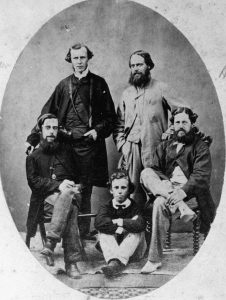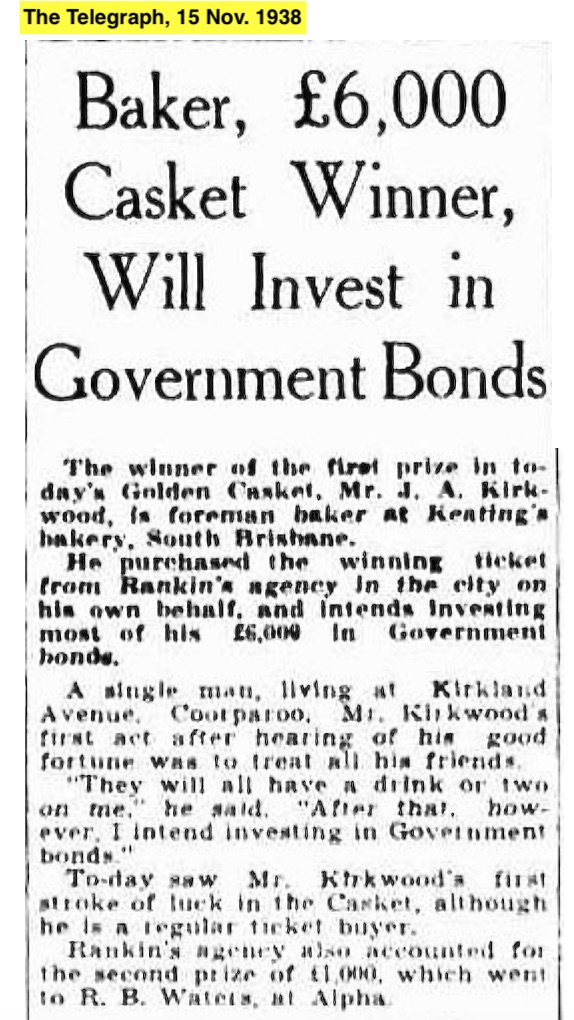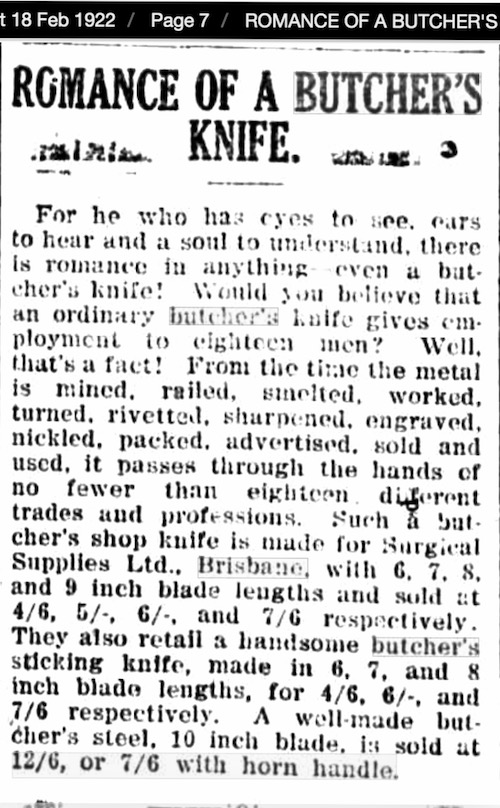Category: General
Queensland’s first Elections in 1860
As the nation focuses on Federal elections today, 18 May 2019, let’s look at Queensland’s First Parliament in 1860 and the first Premier of Queensland, Sir Robert George Wyndham Herbert.
Sir Robert George Wyndham Herbert. Born on 12 June 1831 in Brighton, England. He was called to the Bar of the Inner Temple on 30 April 1858. A year later he was commissioned colonial secretary to the newly appointed Governor of Queensland, Sir George Bowen, on the proviso that he was elected to the Legislative Assembly. He became the first premier of Queensland. (SLQ 68163).
Following the establishment of the colony of Queensland on 6 June 1859, Sir George Ferguson Bowen was appointed as the new colony’s first Governor on 10 December 1859.Governor Bowen selected Sir Robert George Wyndham Herbert to serve as Colonial Secretary and lead an interim government until elections for the first parliament were held.
These elections occurred between 27 April 1860 and 11 May 1860 for positions in the Legislative Assembly (the lower house) of Queensland’s first parliament. At these first elections, a total of 26 positions were contested to represent 16 electorates. Of these 16 original electorates, seven were multi-member electorates with either two or three members simultaneously representing those districts, while the remaining nine electorates were single-member districts.
 For the Legislative Council, Queensland’s upper house, a total of 11 members were initially appointed by Governor Bowen to serve in that house. A further four members were appointed soon after with each of these four appointees present at the parliament’s second day of sitting. For the first parliament, these original appointments were for a period of five-years. Appointments to the Legislative Council subsequent to the first parliament were life appointments.
For the Legislative Council, Queensland’s upper house, a total of 11 members were initially appointed by Governor Bowen to serve in that house. A further four members were appointed soon after with each of these four appointees present at the parliament’s second day of sitting. For the first parliament, these original appointments were for a period of five-years. Appointments to the Legislative Council subsequent to the first parliament were life appointments.
Sir Robert George Wyndham Herbert. Top left: Rev. Bowyer Shaw; top right: Sir Robert George Wyndham Herbert (Premier of Queensland); left: Rev. I Tomlinson; right: John Bramston, c. Miles/Cox.(SLQ 3131).
The inaugural meeting of Queensland’s first parliament occurred on 22 May 1860 with official sittings then commencing on 29 May 1860. The term of the first parliament lasted until 20 May 1863 with elections for the second parliament then occurring from 30 May to 27 June 1863. (source:https://www.parliament.qld.gov.au/members/…/first-parliament).
Baker wins Golden Casket in 1938
Some stories have a happy ending. Mr. J.A. Kirkwood was a hard-working foreman baker at Keating’s bakery in South Brisbane. He had been buying casket tickets for many years and finally struck it lucky when he won £6000 in the Golden Casket. His immediate reaction to news of his win was to treat all his friends to a celebratory drink or two, and then invest the rest of his winnings.

Labour Day- how did it begin?
Labour Day has been an official Queensland public holiday, celebrated on the first Monday in May, since 1912 and before that as Eight Hours Day since 1901. Before its official recognition as a public holiday, parades and celebrations had taken place in Queensland since the 1860s. The first celebration took place in Brisbane on 16 March 1861 and was essentially a celebration by a small number of skilled building workers who had recently achieved an eight-hour working day. The date of the event was chosen to coincide with the anniversary of the first workers achieving the eight hour day in Queensland.
You can read more on the SLQ blog http://blogs.slq.qld.gov.au/jol/2016/05/02/labour-day-history-in-pictures/?fbclid=IwAR0sSy3zGSRPUJBAS7AKMJq5lvhydJYH5EhxVxSUbrGnaVqqdNI-Dk9bynE
Mother’s Day in Brisbane in the 1900s
Mother’s Day is celebrated on the second Sunday in May in most English-speaking countries. This article in the Brisbane Courier of 12 May 1930 describes the origins of Mother’s Day.
The Courier Mail, Saturday 12 May 1934, page 11.
WHITE FLOWER ON MOTHERS’ DAY -Story of a Beautiful Custom
BADGE OF CHIVALRY
Romance of a butcher’s knife
I guess in these days of technology we wouldn’t find romance in a butcher’s knife – but things were different in 1922. Here’s an interesting snippet from the Daily Mercury, 18 Feb. 1922.

Typical butchers in early 1900s with meat on chopping blocks and carcasses hanging inside the shop.
Read more at our page on butcher shops in the Businesses section.




